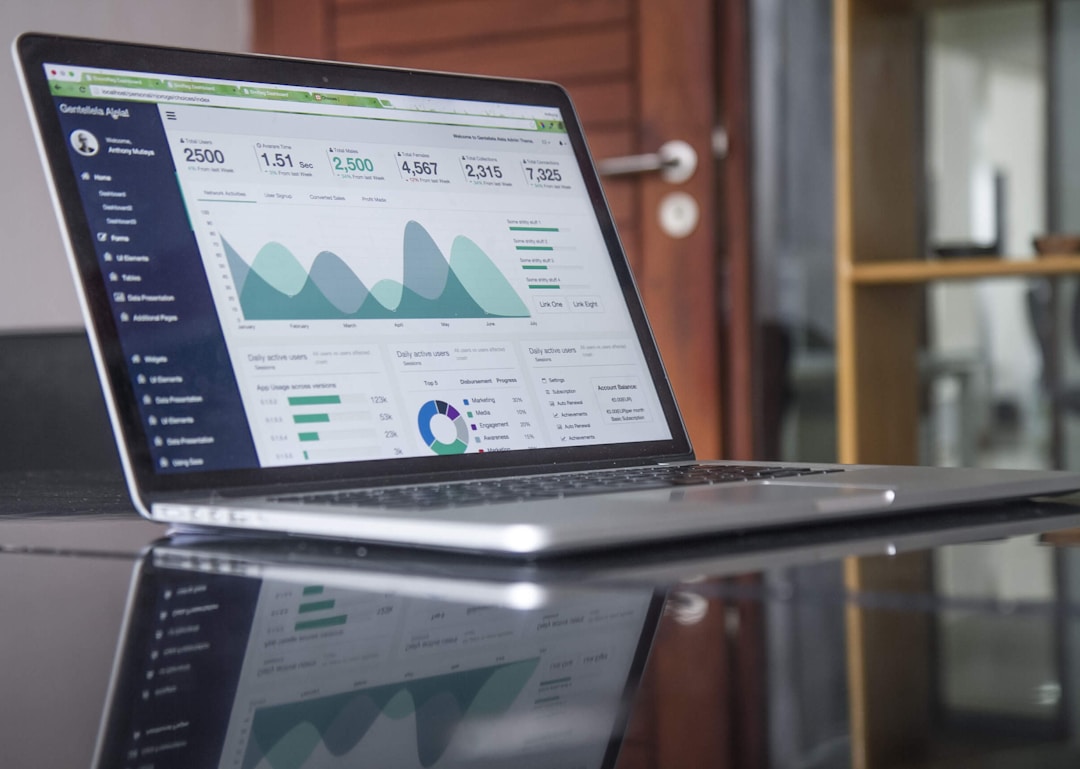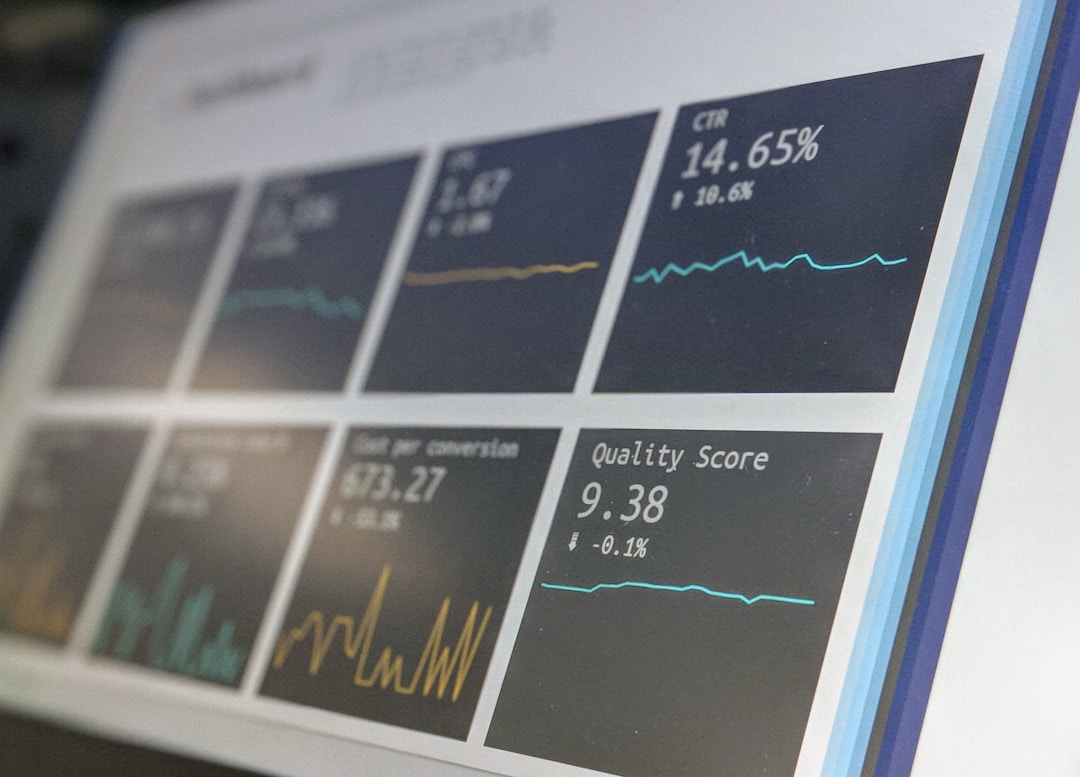More companies are recognizing the importance of taking their data to gain insight into the next steps that should be taken for the sake of the business. It’s important to create a data fabric that will allow you to garner from all data sources to make the most efficient steps forward. This oversight through data management can be a game-changer against competition and can be accomplished with just a few simple steps.
1. Start small and plan to grow.

Just like any operation within your business, data architecture starts from the ground up. Data fabric is an end-to-end integration system that analyzes shared data to provide a consistent user experience and real-time access by employees. Building a data fabric starts with a review of all data sources. Machine learning processes can help to simplify these procedures, but a data management team must also review to make sure that formatting is clear upon download of this batch data. This will assure that algorithms function properly for correct analysis.
With different data types, structured and unstructured, business processes can be expedited, but it’s important to ease into building the data fabric to check for any duplication of information or incompletions in historical data. However, you can transform data into something more accessible through cloud-based services. By allowing business users this shared data platform, businesses are able to boost productivity. Starting small with plans for expanding to the entirety of a database gets a company on the right footing with its data pipelines.
2. Start your data fabric build.

Data fabric begins with online transaction processing concepts or OLTP. Through OLTP, detailed information about every transaction is inserted, updated, and uploaded. The data is then stored in silos for further usage with a clearer understanding of the information provided. A data fabric can grow exponentially by taking raw data and using it to derive multiple insights to help organizations grow and adapt. This starts with the implementation of applications and services, where the necessary infrastructure for acquiring datasets is built.
By developing apps and graphical user interfaces for the consumers, an organization can enhance the customer experience and interaction within the inner weavings of an organization. Data fabric technology creates an ecosystem for gathering and managing data. These data assets are transferred to a data manager and storage systems in a manner that avoids losing any vital information for future analytics. The information is properly secured in a fashion to allow for transparency and access, but also the all-important safety of a customer’s personal data. Building this infrastructure works in conjunction with software-defined infrastructure at the data storage and access points to allow real-time insight.
3. Monitor your datasets.

A data fabric system is only a success based on the oversight and governance of the operating system. The digital transformation has left businesses with a plethora of master data that is only growing by the hour. Data engineers must make sure that automated processes are allowing for a clarified picture through smart contracts and set formatting. That being said, technical glitches can impact data quality. If an issue arises with a data store, it could have an immediate impact on analytics.
While some issues can be as simple as an access request from an onboarding employee, snags in the information received can have long-term issues within a database. It’s important to regularly check that the draft version of formatting is keeping in line with the design of a data fabric. This avoids any duplication or incomplete data that can affect insights that a company relies upon to make the best decisions moving forward for their business. Proper data management is the only way to get a leg-up on business processes, leading to potential expansion.










